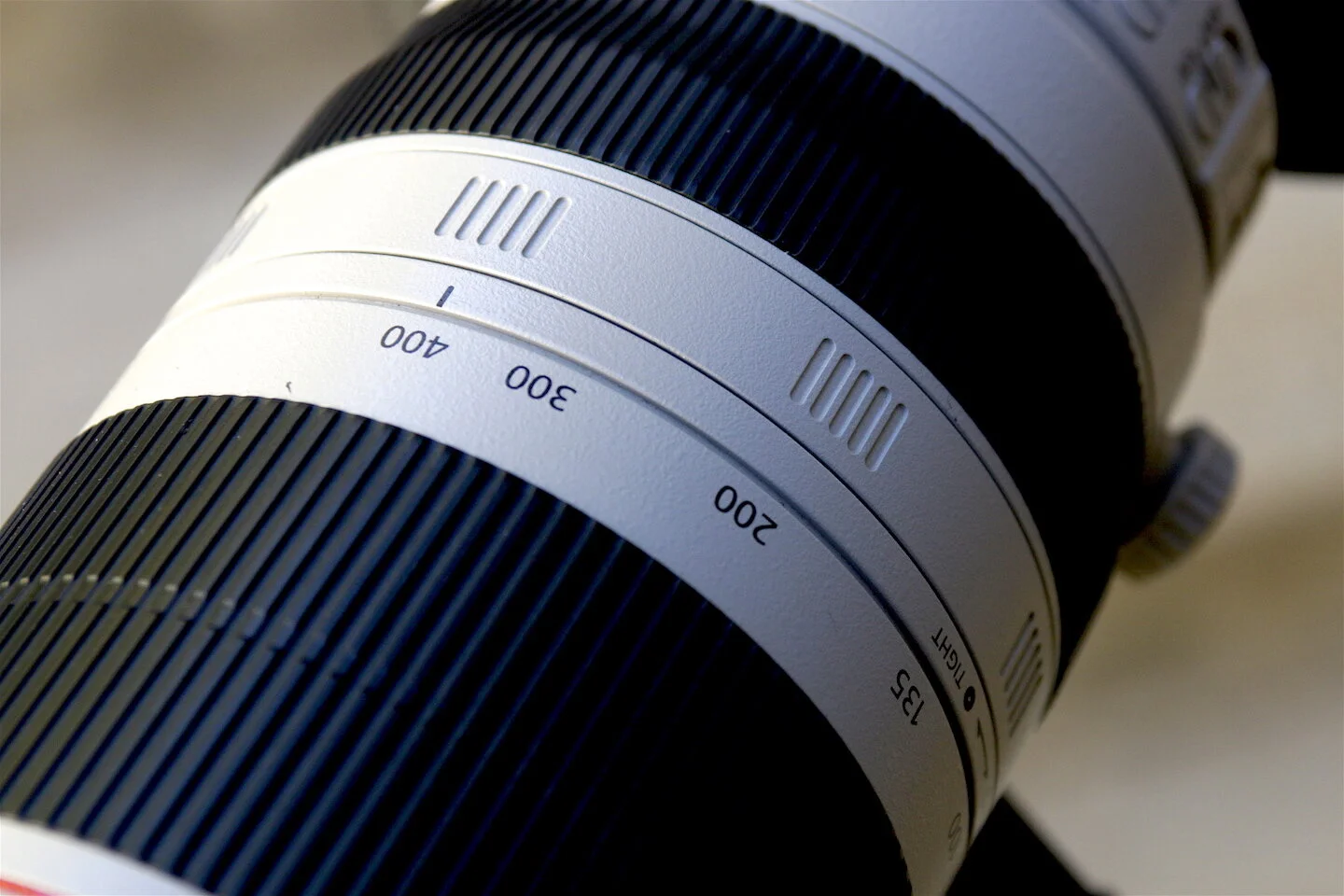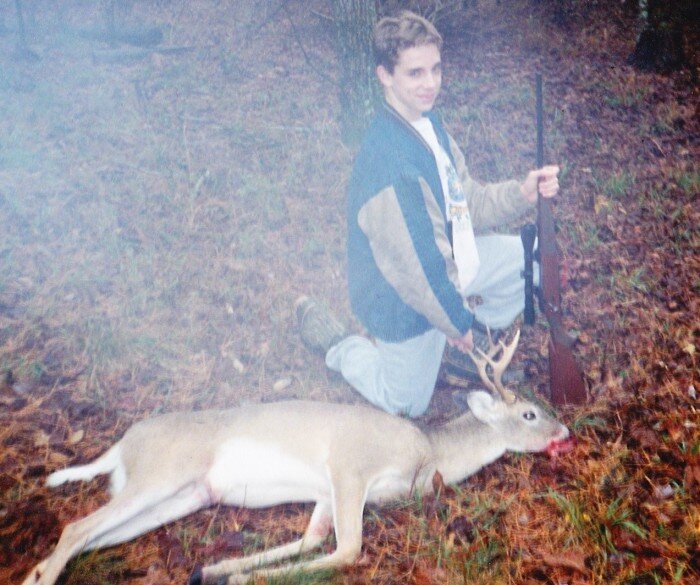Photo 101: Best Wildlife Zoom Lens
Veteran Outdoor Photographer Recommends His Favorite Wildlife Zoom Lens
Recreational wildlife photographers — and many pros — might agree that the best wildlife zoom lens is my pet 100-400mm f/4.5 to f/5.6. Or maybe not.
The old argument against a wildlife zoom lens is that it isn't as sharp as fixed focal length lenses. Perhaps, but over the years this hasn’t stopped me from selling and publishing thousands of images taken with various telephoto zoom lenses. That’s one of the reasons I’m so fond of my 100-400mm Canon zoom, my idea of the best wildlife zoom lens.
100-zoom
Canon 100-400, set to 100mm above, extends to 400mm below, yet is light and manageable.
This doesn’t mean you have to agree or buy this same Canon lens. Similar zooms from other manufacturers might be just as good or better, including some spanning 50-500mm, 100-500mm, and some even reaching to 600mm. You might want to check out zooms from Nikon, Pentax, Sigma, Fuji, Tamron and others. For now, let me outline why I find my Canon 100-400 so darn useful and effective.
As noted in a previous Photo 101 blog, an effective telephoto length for good wildlife work starts at 400mm (8X magnification) and runs up to 600mm (12X.) In my experience, focal lengths longer than 600mm tend to be too heavy, long and bulky to be effective for general use, but less than 400mm hasn't the reach you need. Fast lenses such as f/4 500s, f/2.8 400s, etc. are wonderfully bright, but bulky and heavy. They look big and impressive and do produce sparkling images, butwhile you’re lugging them around — you might not feel so sparkling.
Subjects like this are obvious candidates for a zoom with lots of power!
Why 100-400mm f/4.5-f/5.6 is the Optimum Wildlife Zoom Lens
The Canon 100-400mm f/4.5 to f/5.6 L IS USM Mark II (how’s that for an overdone title?) is a delight to use afield because it’s only 7.6” long, 3.7” in diameter and weighs just 3.46 pounds. It focuses down to 38.58”, making it a darned effective “near macro” lens for flowers, insects, frogs and other small critters. Staying three feet away from such subjects makes it easier to work without bumping, shadowing or spooking them. And the inherent minimal depth-of-focus of a 400mm focused at three feet makes for soft, out-of-focus backgrounds.
The inherent shallow depth-of-focus in conjunction with the precise framing capabilities of a telephoto zoom make it a versatile plant photography lens.
Zooming back from 400mm to 100mm — and every setting in between — gives you maximum versatility. This is particularly useful for precise framing. Instead of stepping back or forward several yards to crop out a distracting branch or wire, you just zoom, quickly and quietly. This is really nice when a subject moves close. Just back off that zoom and you keep it in the frame. Or zoom up to frame a tight face shot.
A long zoom lets you reach shy subjects and frame them for unique perspectives.
This convenient zoom feature also saves you from having to swap out lenses. Yes, a big part of the SLR camera’s appeal is its ability to accept different lenses at a twist, but… making these swaps becomes tedious if not onerous. You risk dust, rain and snow getting inside the camera. You risk dropping lenses or camera. You waste precious seconds while that big buck or bull stands in the perfect pose. A zoom circumvents all of that.
Variable Aperture Works Well
Now, if you’re wondering why this zoom and many like it are labeled with maximum apertures of both f/4.5 and f/5.6, well that’s a product of their zoom. The farther a lens gets from its film plane or focus point, the more light it loses on the way. Extend an f/4.5 100mm zoom toward 200, 300 and 400mm and at some point it loses enough light that the effective aperture becomes f/5.6. This is known as a variable aperture zoom. With auto-exposure cameras, as most are these days, this won’t even slow you down. Just zoom and shoot and the camera will change the shutter speed to compensate.
If you’re concerned that f/5.6 isn’t fast enough for adequate shutter speeds in low light situations, crank up your ISO speed. That’s another wonderful feature of today’s digital cameras as opposed to yesteryear’s film cameras. Back then if you loaded a roll of ISO 64 or 100 film, you were pretty much stuck with it for 36 exposures. Now you can just increase ISO speed at any time without affecting previous images already properly exposed.
There are many other reasons I love the 100-400 wildlife zoom lens. At 100mm it’s a fantastic portrait lens. At any setting it can reach out to create landscapes most people never see or visualize with their naked eye. I love pulling in tight, discreet, stacked landscape images at various zoom lengths.
The stacking or foreshortening effect of a big telephoto helps capture landscapes the human eye never sees.
Yet another benefit is background blurring. The higher the zoom, the less the depth-of-focus and the more a close subject stands out from its blurred background. This makes for dramatic, hard-hitting wildlife portraits.
I’m not going to tell you which wildlife zoom lens to buy, but I am betting that if you try a well-made zoom in the 100-400mm or even 200-500mm range, you’ll like it. You might even love it, especially if your camera has the telephoto boost effect known as crop factor. We’ll cover that in a future Photo 101 blog.
Wildlife doesn't have to be rare or dangerous to qualify for the reach of a long telephoto zoom.
# # #



















